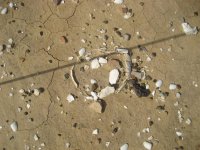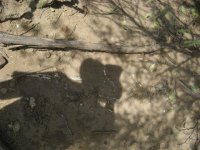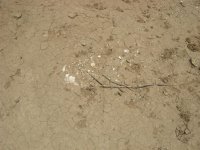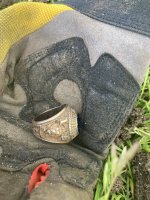C
Cappy Z.
Guest
Kind of a intellectual inquiry if you will. I have no plans to dig up any mounds etc. My question is since Florida has been occupied by Indians for thousands of years..shouldn't there be many many burial grounds? Only a few make the news.
The other question I have is about depth. A few years ago in Daytona Beach Florida apparently workmen were repairing a water pipe at "twenty feet" deep in the sand..and found an Indian.
Is it possible that many burial grounds have the remains as deep as twenty feet?
Just an interesting subject.
The other question I have is about depth. A few years ago in Daytona Beach Florida apparently workmen were repairing a water pipe at "twenty feet" deep in the sand..and found an Indian.
Is it possible that many burial grounds have the remains as deep as twenty feet?
Just an interesting subject.
Amazon Forum Fav 👍
Upvote
0









